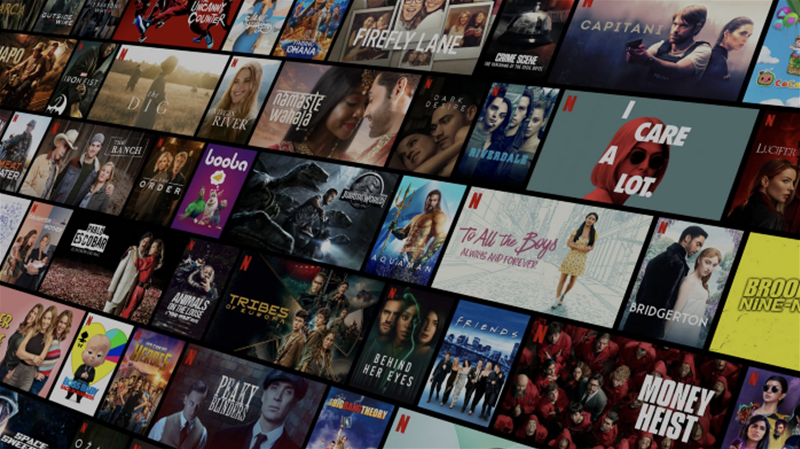Netflix, one of the world’s leading entertainment services and content producers, is using Amazon Web Services (AWS) to improve its global content creation by building flexible collaboration tools and work streams that allow teams to work from virtually anywhere.
“We use cloud-based solutions and flexible tools like Content Hub, NetFX, and virtual workstations to deliver quicker, more authentic content to far-reaching customers without sacrificing the creator's experience,” said Naz Pethani, head of product for Netflix media technology and Steve Kowalski, director of engineering for production infrastructure at Netflix in a podcast organised by AWS.
Netflix is currently using AWS for nearly all its computing and storage needs including databases, analytics, recommendation engines, video transcoding, and more.
In addition to powering much of its backend functionality, Netflix also builds solutions on AWS that help it reach new voices, create connections between creative teams, and enhance work streams to allow for collaboration - despite geographical location constraints.
Empowering creative teams
Pethani said Netflix has built a primary ecosystem - Content Hub, a asset storage, management, collaboration and delivery destination for Netflix production content creators.
It is designed to hold everything from the first piece of footage to visual effects, models, and cuts in the singular system that users across the company can access, he said.
For instance, he added, the Content Hub and other tools have enabled Netflix’s productions like La Casa De Papel (Money Heist) to move files across the globe.
Beneath the Content Hub, the team has also built a studio orchestrator, which is a workflow automation platform, designed to make it easier for developers and other users within the studio to access Netflix infrastructure, Pethani said.
Kowalski explained that Netflix was able to scale and build content faster with cloud and the experience was “unparalleled”’.
“We experimented with giving extra rendering capacity to visual effects artists and saw things happen a lot faster with higher quality. We saw more revisions on that content in that shorter duration of time,” he added.
He also added that the company set up NetFX, a cloud-based platform that made it easier for vendors, artists and creators to connect and collaborate on visual effects (VFX) for titles.
Kowalski said his team was still finding more ways to tap into flexible infrastructure and compute to get better creative outcomes.
Remote collaboration
Earlier in 2021, Netflix built a visual effects (VFX) studio in the cloud using AWS to facilitate collaboration among artists and content creators around the globe through remote workstations.
It has then focused on achieving low latency for its applications to reduce lag and offer a better content-creation experience closer to artists.
After exploring several cloud solutions that would facilitate low latency, it has eventually decided to deploy its applications closer to artists using Local Zones, a type of AWS region.
Netflix is now using Amazon EC2 G5 Instances for graphics-intensive applications like remote workstations, video rendering, and gaming to produce high-fidelity graphics in near real-time.
This is said to offer three times higher performance than before.
“We have migrated a portion of our content-creation process to AWS while creating an even better experience for artists,” Kowalski said.
By running diversified Amazon EC2 instance types and its VFX studio on Local Zones, Netflix is bringing cloud resources closer to its VFX studio users, he added.
The firm is looking to expand use of Local Zones to provide remote workstations to artists around the world, Kowalski said.









